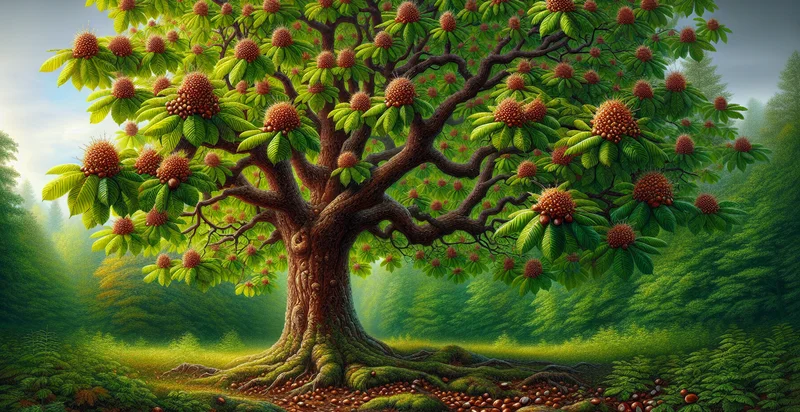Identify mulberry tree species
using AI
Below is a free classifier to identify mulberry tree species. Just upload your image, and our AI will predict what mulberry tree species it is - in just seconds.

Contact us for API access
Or, use Nyckel to build highly-accurate custom classifiers in just minutes. No PhD required.
Get started
import nyckel
credentials = nyckel.Credentials("YOUR_CLIENT_ID", "YOUR_CLIENT_SECRET")
nyckel.invoke("mulberry-tree-species", "your_image_url", credentials)
fetch('https://www.nyckel.com/v1/functions/mulberry-tree-species/invoke', {
method: 'POST',
headers: {
'Authorization': 'Bearer ' + 'YOUR_BEARER_TOKEN',
'Content-Type': 'application/json',
},
body: JSON.stringify(
{"data": "your_image_url"}
)
})
.then(response => response.json())
.then(data => console.log(data));
curl -X POST \
-H "Content-Type: application/json" \
-H "Authorization: Bearer YOUR_BEARER_TOKEN" \
-d '{"data": "your_image_url"}' \
https://www.nyckel.com/v1/functions/mulberry-tree-species/invoke
How this classifier works
To start, upload your image. Our AI tool will then predict what mulberry tree species it is.
This pretrained image model uses a Nyckel-created dataset and has 14 labels, including Morus Alba, Morus Australis, Morus Bombycis, Morus Cyclophylla, Morus Indical, Morus Kagazi, Morus Macroura, Morus Mesozygia, Morus Microphylla and Morus Nigra.
We'll also show a confidence score (the higher the number, the more confident the AI model is around what mulberry tree species it is).
Whether you're just curious or building mulberry tree species detection into your application, we hope our classifier proves helpful.
Related Classifiers
Need to identify mulberry tree species at scale?
Get API or Zapier access to this classifier for free. It's perfect for:
- Landscape Management: This function can help landscape architects identify the specific species of mulberry trees in existing landscapes. By accurately classifying the species, professionals can make informed decisions regarding maintenance, planting, and biodiversity enhancement in urban and rural settings.
- Agricultural Optimization: Farmers can utilize the mulberry tree species identifier to assess which species are most suitable for their local soil and climate conditions. This information can guide planting choices that optimize yield and promote sustainability in mulberry production for fruit, foliage, or timber.
- Conservation Programs: Environmental NGOs can use this identification tool to monitor and preserve native mulberry species. By cataloging the presence of different species in a given area, conservationists can design targeted strategies to protect biodiversity and restore ecosystems.
- Educational Resources: Schools and universities can integrate this function into their biology or environmental science curricula. Students can engage in hands-on learning by using the technology to classify local flora, fostering a deeper understanding of plant species and their ecological roles.
- Ecological Research: Researchers studying plant species dynamics and interactions can utilize this identification tool for field studies. By accurately identifying mulberry tree species, scientists can analyze their impact on local ecosystems and contribute to broader ecological research initiatives.
- Urban Planning: City planners can leverage the mulberry tree species identifier for urban forestry initiatives. By identifying tree species in parks and green spaces, planners can develop better strategies for urban greening that promote public health and improve city aesthetics.
- Sustainable Forestry: Timber companies can use the mulberry tree species identifier to optimize their logging practices. By distinguishing between different mulberry species, companies can ensure sustainable harvesting that aligns with environmental regulations and minimizes ecological impact.


